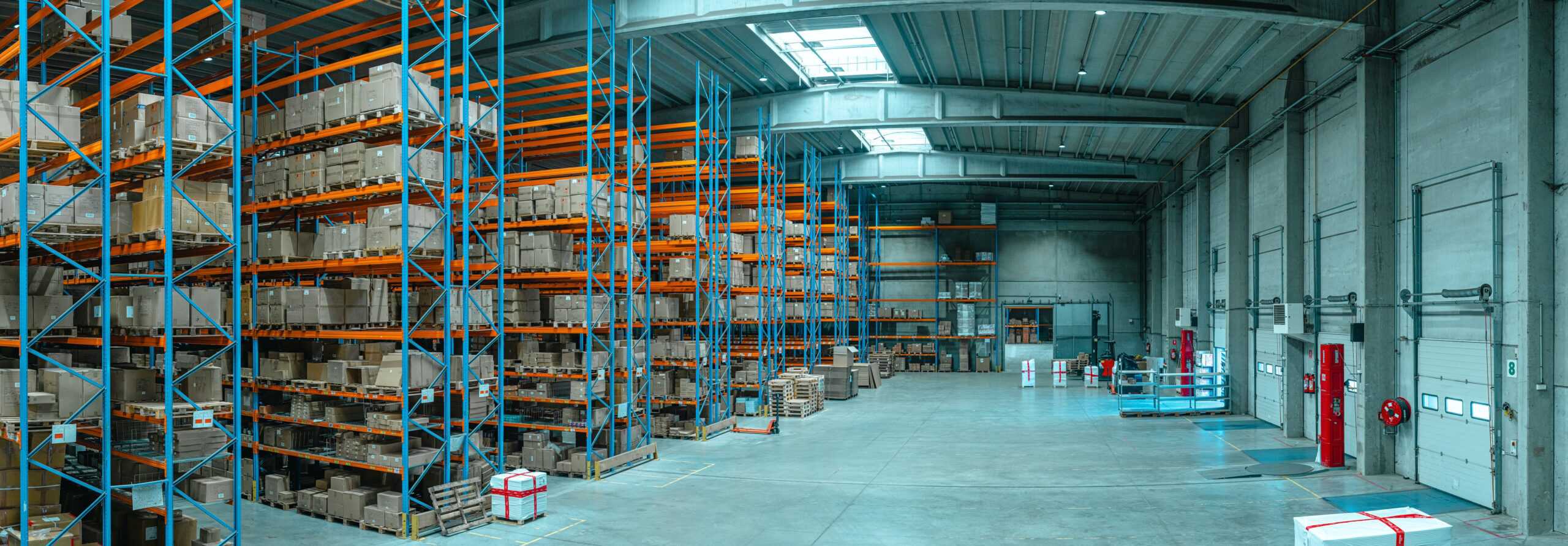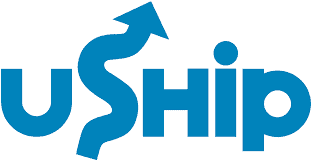In the shipping industry, it’s important to familiarize yourself with the terms being used, so you are aware of the roles and responsibilities of each party. You may think you know what a consignee is, but are you really aware of what it means in shipping and how it impacts your business?
If not, don’t worry! We’ll give you a quick but thorough run-down of everything you need to know.
What Is a Consignee?
A bill of lading is a document needed to transport goods by sea. On the bill of lading (BOL), a consignee is the person or entity receiving the shipment and usually the owner of the shipped items.
After customs clears the goods and the items are paid for, the consignee can then take ownership of them. That means legally, they must be physically present to accept the shipment.
Is the Consignee Always the Receiver?
Yes, the consignee is always the person or entity receiving the goods in a consignment. Consignment is the act of sending goods by a manufacturer or producer to a buyer. Until those items are fully paid, the ownership doesn’t transfer to the consignee, and they are only the recipient of the goods.
What Is the Difference Between Shipper and Consignee?
The shipper is the party entering into a contract of carriage with the carrier. They are responsible for packaging the goods and handing them to the carrier.
The shipper also determines who the consignee is. Shippers must ensure all of the paperwork required to get the shipment through customs is present and properly filled out.
Consignees receive the goods from the carrier, and in some instances, they are also the shipper. How? Well, imagine you’re moving to a new country and sending most of your items by sea.
You then hop a flight to your new home and wait for your things to arrive. Once they’ve made it to the docks, you’ll be the one picking them up, so you are both the shipper and consignee.
Role of a Notify Party in Shipment
The BOL must contain the details of the shipper and consignee. The notify party is an optional field that is only filled in if the shipper wants to inform a party other than the consignee that the shipment has arrived. The notify party can be the buyer, shipping agent, or freight forwarder. It’s the responsibility of the carrier to alert the notify party of the shipment’s arrival.
What Are the Consignee’s Responsibilities?
The consignee is accountable for any duties and freight charges that need to be paid. They must also inspect the items to ensure they are in proper condition as outlined in the BOL. If anything in the shipment is damaged or missing, the consignee must file a claim with the carrier right away.
Who Does the Consignee Interact With?
To get a shipment across the sea and into the hands of its owner, there is a group of people working together to make that happen. Let’s take a look at the other parties the consignee interacts with.
Consignor
The consignor is the shipper, and thus the party that handles the packaging and paperwork. Finding a person you can trust to fill out the BOL, and other paperwork required by customs. You don’t want to have your highly anticipated shipment held up due to an avoidable error.
Also, the consignor is handling your shipment, so if you’re shipping delicate or fragile items, you want to know they are managing your things with care. Read reviews and conduct research to make sure your goods are in the right hands.
Carrier
The carrier is part of a fleet of delivery people who will receive the BOL and transport the shipment safely to the consignee. They will get the signature of the consignee on the required documents before handing over ownership.
There are times when the consignee may give the carrier a hard time and make demands during the delivery that conflict with the information in the shipping contract. The carrier should always follow what the BOL says to do and handle disputes with warehouse management. Negotiating with or taking orders from the consignee can complicate matters legally.
Notify Party
The notify party is often an entity that receives a notification that the shipment has reached its destination. The notify party is especially helpful in environments such as busy warehouses where the consignee may not be able to inspect and receive every shipment.
They are also responsible for arranging customs clearance for international shipments. If the consignee is able to accept the package, the notify party will often follow-up with them to be sure everything was received in good condition.
OS&D Clerks
An over, short, and damaged (OS&D) clerk is employed by large shipping companies to receive, inspect, and handle any claims that need to be made. This person generally works in the consignors warehouse alongside other members of the shipping team.
When shipments are refused by the consignee for being over, short, or damaged, the OS&D clerk may contact the consignee for clarification about the claim, and to help them arrange another delivery.
Consignee vs Consignor
In the simplest terms, the consignor ships the goods, and the consignee receives them. Initially, the consignor owns the item and the consignee is simply an agent who does not take ownership.
The consignee could be a salesperson tasked with the duty of selling the item to a third party. Once the third party purchases the item, it is then taken off of the consignor’s books, and ownership is transferred to the purchaser.
In other instances, the consignee could be the person or entity assuming ownership once any fees owed to customs are paid.
The Key to a Good Consignment Sale
Before entering a consignment agreement make sure the payment terms, delivery costs, length of the agreement, and insurance options are all clear. A shipper should make sure the consignor you’re doing business with is reputable and reliable.
They must cover all the bases and check them twice to be sure you get exactly what you’re supposed to receive. Whether you are a trusted shipper or the person assuming ownership, inspect the package and don’t accept anything less or more than what was agreed upon.


